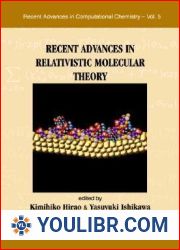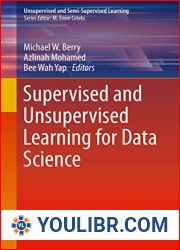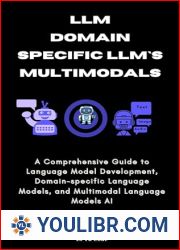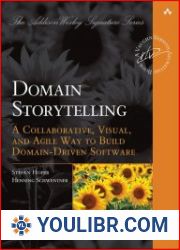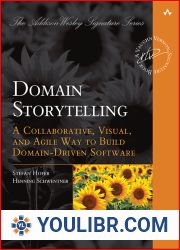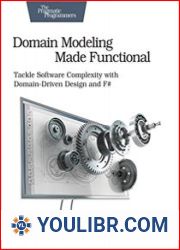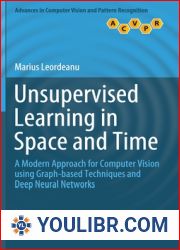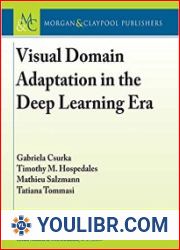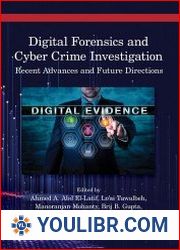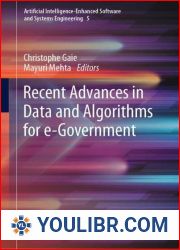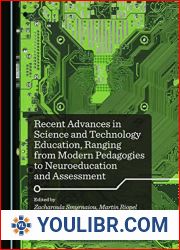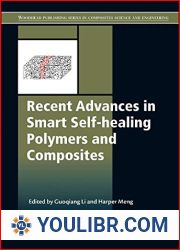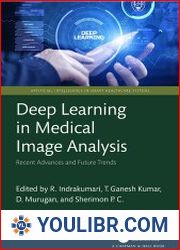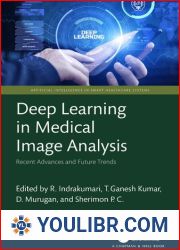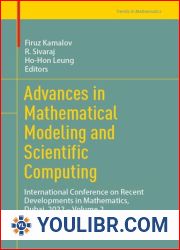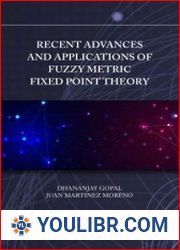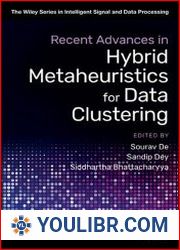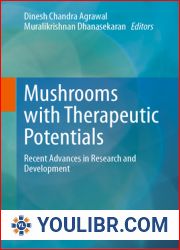
BOOKS - Unsupervised Domain Adaptation: Recent Advances and Future Perspectives (Mach...

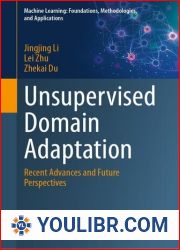
US $7.71

82714

82714
Unsupervised Domain Adaptation: Recent Advances and Future Perspectives (Machine Learning: Foundations, Methodologies, and Applications)
Author: Jingjing Li
Year: April 22, 2024
Format: PDF
File size: PDF 21 MB
Language: English
Year: April 22, 2024
Format: PDF
File size: PDF 21 MB
Language: English
Unsupervised domain adaptation (UDA) is a challenging problem in machine learning where the model is trained on a source domain with labeled data and tested on a target domain with unlabeled data. In recent years, UDA has received significant attention from the research community due to its applicability in various real-world scenarios. This book provides a comprehensive review of state-of-the-art UDA methods and explores new variants of UDA that have the potential to advance the field.The book begins with a clear introduction to the UDA problem and is mainly organized into four technical sections, each focused on a specific piece of UDA research. The first section covers criterion optimization-based UDA, which aims to learn domain-invariant representations by minimizing the discrepancy between source and target domains. The second section discusses bi-classifier adversarial learning-based UDA, which creatively leverages adversarial learning by conducting a minimax game between the feature extractor and two task classifiers. The third section introduces source-free UDA, a novel UDA setting that does not require any raw data from the source domain. The fourth section presents active learning for UDA, which combines domain adaptation and active learning to reduce the amount of labeled data needed for adaptation.This book is suitable for researchers, graduate students, and practitioners who are interested in UDA and its applications in various fields, primarily in computer vision. The chapters are authored by leading experts in the field and provide a comprehensive and in-depth analysis of the current UDA methods and new directions for future research. With its broad coverage and cutting-edge research, this book is a valuable resource for anyone looking to advance their knowledge of UDA.








